Tucked away in an obscure corner of the Aberdeen Proving Ground in Maryland lies a small, red-brick building. Inside, a team of intrepid civilians and Soldiers spend their days hunting down some of the military's smallest enemies.
With names like Ixodes scapularis, Phlebotomus pernicious and Anopheles superpictus, these diminutive creatures have caused more harm to Soldiers in the guise of disease non-battle injuries than many implements of modern warfare.
From earliest times, lice, fleas, ticks, mosquitoes, flies and other pests have rendered countless military personnel unfit for battle due to the diseases they carry. The Entomological Sciences Program team at the U.S. Army Center for Health Promotion and Preventive Medicine at APG has been in the front lines of the war against these tiny terrorists for many years.
Entomologist Dr. Ed Evans, leader of this group for more than two decades, has been at the forefront of his profession in determining what arthropod-borne disease may affect the Soldier, his family and the civilians who support him. (Arthropods include insects, spiders and centipedes, as well as some other segmented creatures.)
"It doesn't matter if a Soldier is at home in his backyard or in an armed camp in Afghanistan, he is vulnerable to any number of disease-carrying arthropods," he explained.
Evans and his team include a pair of father and son entomologists who search for preventive techniques to ensure the health of the Soldier. Their weapons include everything from pesticides to appropriate methods to treat and wear uniforms-all aimed at finding the best and safest methods to stop the spread of arthropod-borne diseases.
Tom Harkins has made his work a family affair. His son, Kevin, inherited his father's skills and interests, recently joining CHPPM's Entomological Sciences Program. Kevin Harkins is helping design an outreach program for kindergarten through 12th grades to increase awareness of the science and potentially recruit new talent to support the military.
Soldier education, however, is the program's top educational goal.
"One of our major responsibilities is to educate Soldiers about vector-borne diseases and how to protect themselves," according to Evans. "We don't want them to find out about these diseases the hard way."
Biologist Sandra Evans prepares and edits educational materials for Soldiers and gives lectures to inform military and civilian personnel about arthropod-borne diseases. Part of the education process involves the development of fact sheets that are posted on the CHPPM Web site. These fact sheets explain everything from what types of insect repellents are best and how to use them to explaining about various disease vectors including ticks and mosquitoes. The latest fact sheets include one on schistosomiasis, a parasitic disease that affects over 200 million people worldwide, and plague, a flea-borne disease caused by bacteria.
Ellen Stromdahl and her small crew spend much of their time from early spring through early winter testing ticks sent to CHPPM from all over the United States. Using DNA testing, Stromdahl determines if a person who has been bitten may have been exposed to Lyme disease, Rocky Mountain spotted fever, erlichiosis or other tick-borne diseases.
"We've collected 10 years of data on ticks, their diseases and their habitat that can be mapped using geographical information systems to give commanders a better idea about where and when they can safely deploy troops in training exercises and other field maneuvers in the United States," she explained.
In addition, the same techniques can be used in deployed settings to help ensure safety for Soldiers. CHPPM subordinate commands in the United States, Europe and Japan are also able to do tick testing as well as testing for various mosquito-borne diseases.
When West Nile virus first came into the news, groups of military entomologists from CHPPM's headquarters at APG and members of CHPPM's three continental U.S. subordinate commands assisted installation preventive medicine activities by setting up mosquito traps to determine the presence of infected mosquitoes and help map the spread of this threat. They shared this invaluable information with the U.S. Centers for Disease Control and Prevention and other health services and enabled other scientists to begin work on ways to protect people and animals.
Working as members of the Armed Forces Pest Management Board, the team members coordinate with entomologists from other services, share information and develop products that get information into the hands of commanders and military personnel who need it.
"We have a relatively safe environment in this country," explains Evans, "but in developing nations and some of the areas where our Soldiers are deployed, vector-borne diseases play a major role in health threats. One of our jobs is to ensure that commanders and preventive medicine personnel are aware of local disease threats and know how to respond to them."
From Afghanistan to Zimbabwe arthropod-borne disease threatens the health of military personnel every day, but CHPPM entomologists meet the threat with an array of preventive efforts that reduce the incidence of illness from these small but powerful enemies.
CHPPM fact sheets are available on the Web at http://chppm-www.apgea.army.mil/ento/.
The U.S. Army Center for Health Promotion and Preventive Medicine is the Army's public health organization. It supports Soldiers around the world with health education information and deploys its expert medical and scientific staff to deliver occupational and environmental health surveillance everywhere Soldiers go. On U.S. military installations, CHPPM provides environmental health engineering and health hazard assessments as well as injury and disease prevention programs.
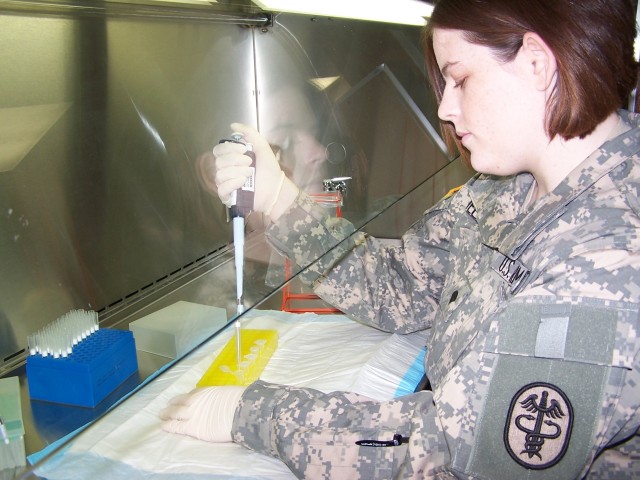
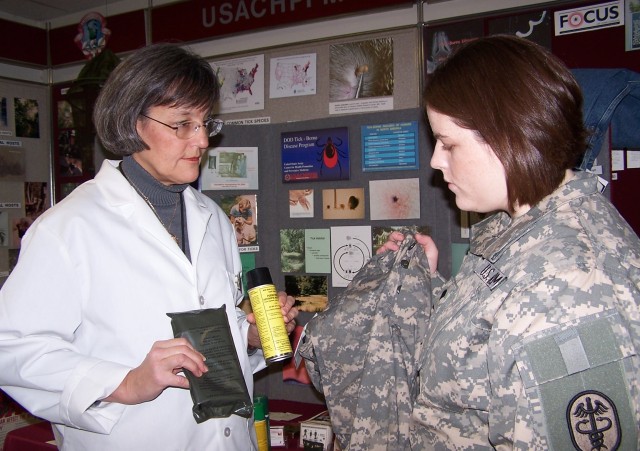
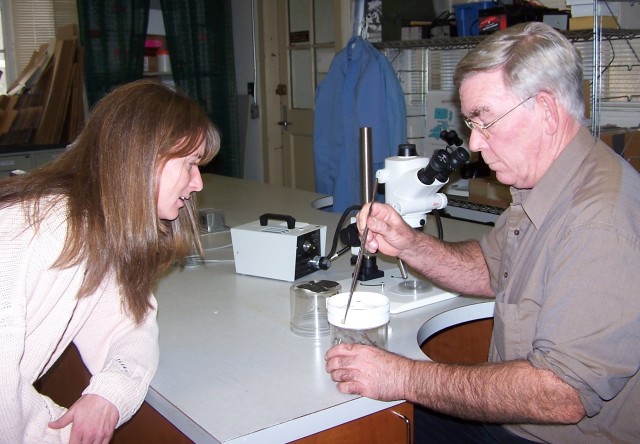
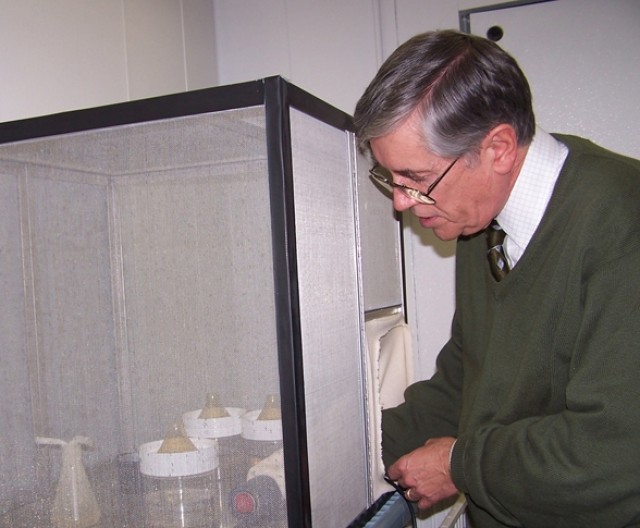

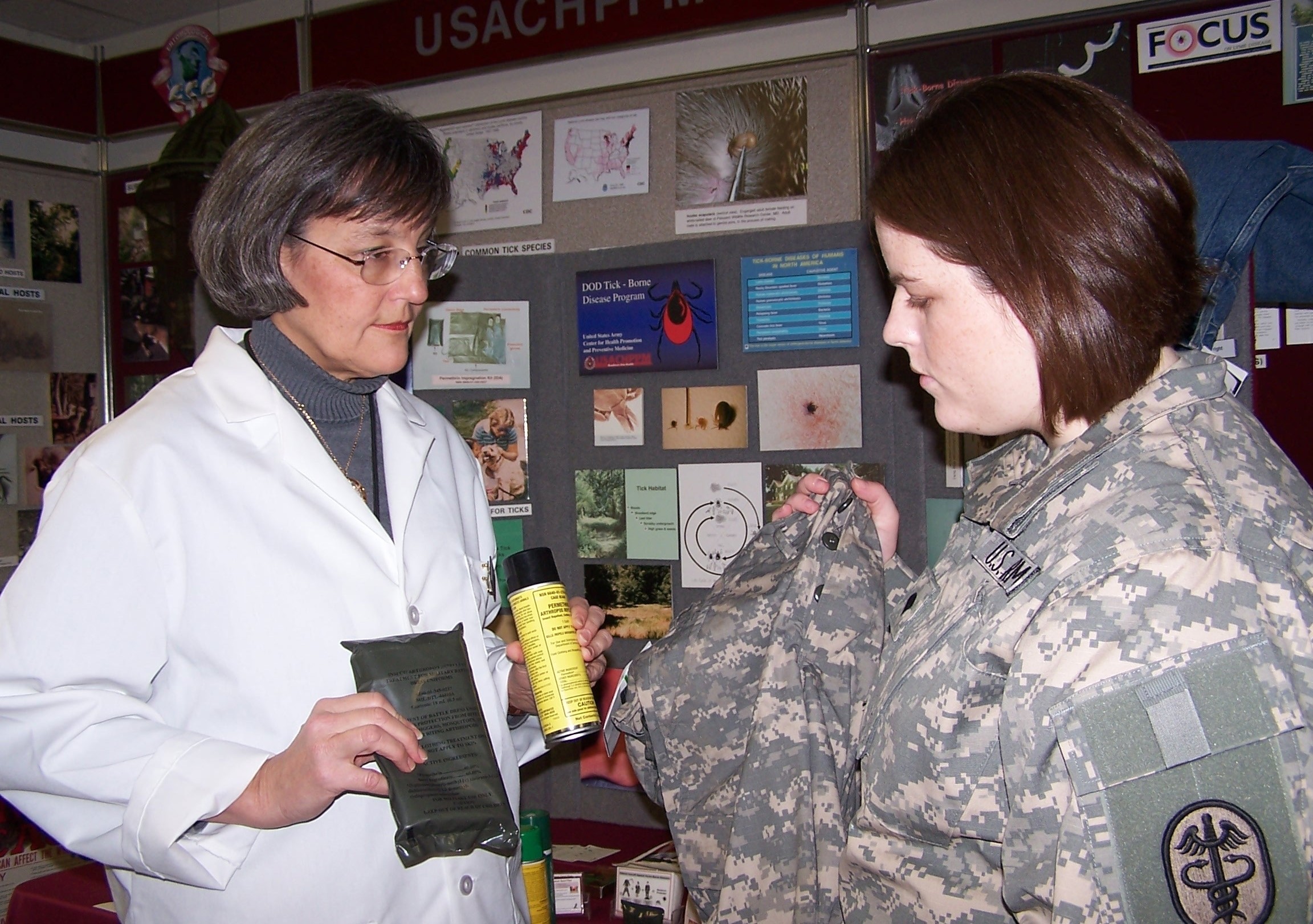

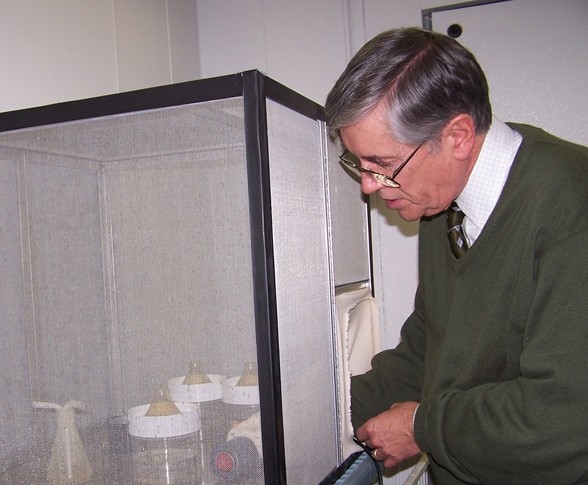
Social Sharing